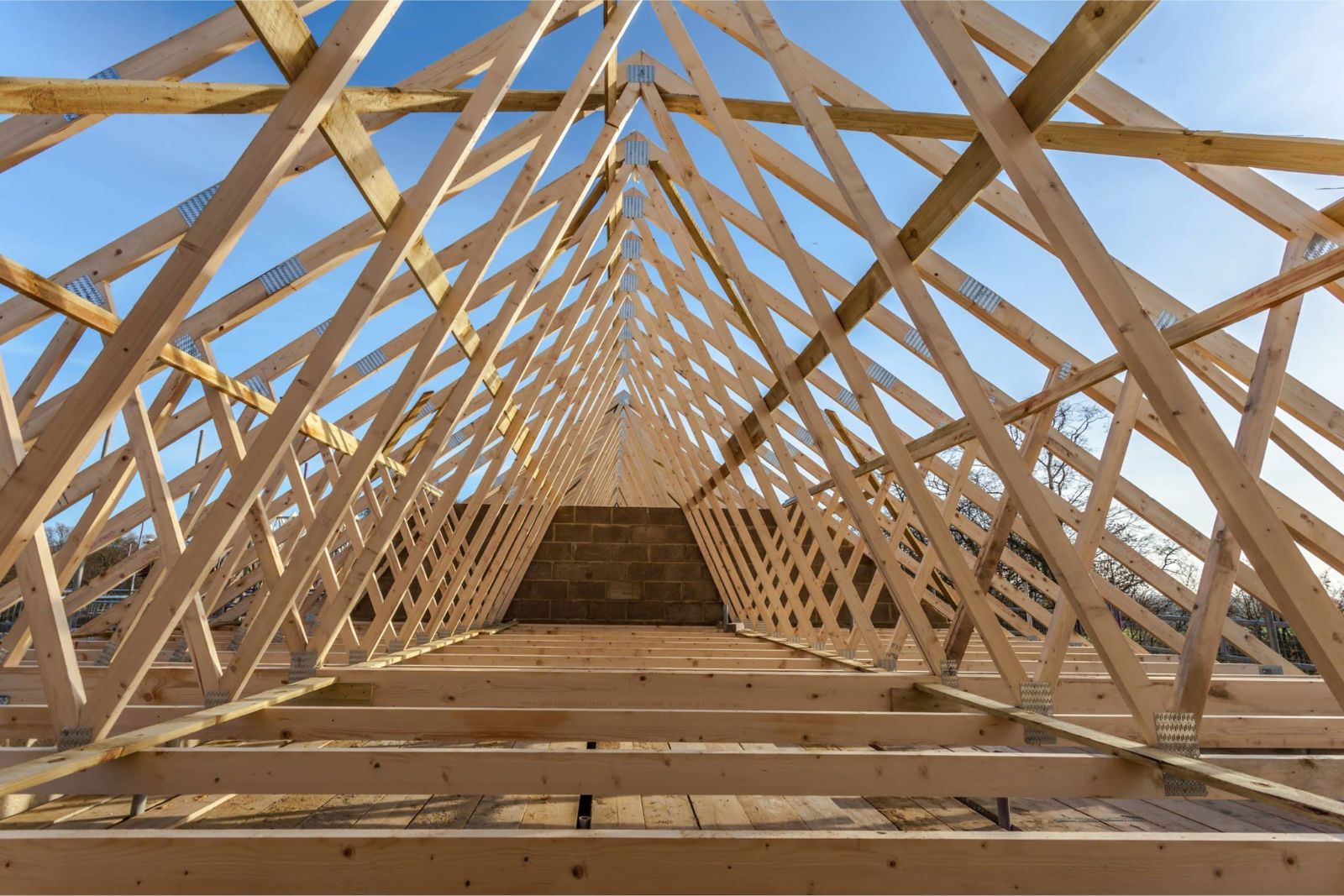Roof trusses are the unsung heroes of building construction. These triangular-shaped structures, often made of wood or steel, play a vital role in providing support to a building’s roof. While they might not always be visible to the eye, the advantages they offer are substantial. In this blog, we’ll delve into the various advantages of roof trusses, explaining why they are a preferred choice in modern construction.
Table of Contents
1. Strength and Structural Integrity
One of the primary advantages of roof trusses is their exceptional strength. The triangular design of trusses distributes the load evenly across the entire structure, allowing them to support heavy roofing materials, snow loads, and other environmental factors. This inherent strength ensures the long-term structural integrity of the building.
2. Efficient Use of Materials
Roof trusses are designed with efficiency in mind. Their lightweight yet sturdy construction minimises the amount of material required, resulting in cost savings. Additionally, this efficient use of materials makes roof trusses more environmentally friendly, reducing waste and conserving resources.
3. Quick and Efficient Installation
Roof trusses are prefabricated, which means they are manufactured off-site and then delivered for installation. This prefabrication process results in faster and more efficient construction. In comparison to traditional rafter and joist systems, roof trusses can significantly reduce the time required to complete a roofing project.
4. Design Flexibility
Roof trusses offer design flexibility, allowing architects and builders to create a wide range of roof shapes and configurations. Whether you’re planning a simple gable roof, a complex hip roof, or a combination of different styles, roof trusses can be customised to meet the design requirements of the project.
5. Large Clear Spans
One of the standout advantages of roof trusses is their ability to create large clear spans without the need for internal load-bearing walls or supports. This open and unobstructed space is particularly beneficial for designing spacious interiors in residential, commercial, and industrial buildings.

6. Energy Efficiency
Roof trusses can be designed to incorporate energy-efficient features, such as increased insulation and proper ventilation. This helps reduce energy consumption and lowers heating and cooling costs, making them an environmentally conscious choice.
7. Cost-Effective
The efficiency of roof trusses not only saves time during installation but also translates into cost savings. Reduced labour costs, minimise material waste, and shorter construction timelines all contribute to the cost-effectiveness of using roof trusses.
8. Consistency and Quality
Roof trusses are manufactured using precise machinery and quality control measures. This results in consistent, high-quality products that meet industry standards. The reliability of roof trusses ensures the safety and longevity of the building.
9. Aesthetic Possibilities
While roof trusses are primarily associated with their structural benefits, they can also serve as architectural elements when left exposed. The exposed trusses can add a distinctive and appealing look to the interior of a building, contributing to its aesthetic appeal.
10. Reduced Maintenance
Roof trusses require minimal maintenance over their lifespan. They are less susceptible to warping, splitting, and other common issues associated with traditional rafters and joists, reducing the need for ongoing repairs.
In conclusion, roof trusses offer a multitude of advantages, from their strength and cost-effectiveness to their design flexibility and energy efficiency. These structural components have become indispensable in modern construction, ensuring that buildings are not only sturdy and durable but also efficient, functional, and visually appealing. Whether you’re building a home, a commercial space, or an industrial facility, the advantages of roof trusses make them a compelling choice for your roofing needs.

